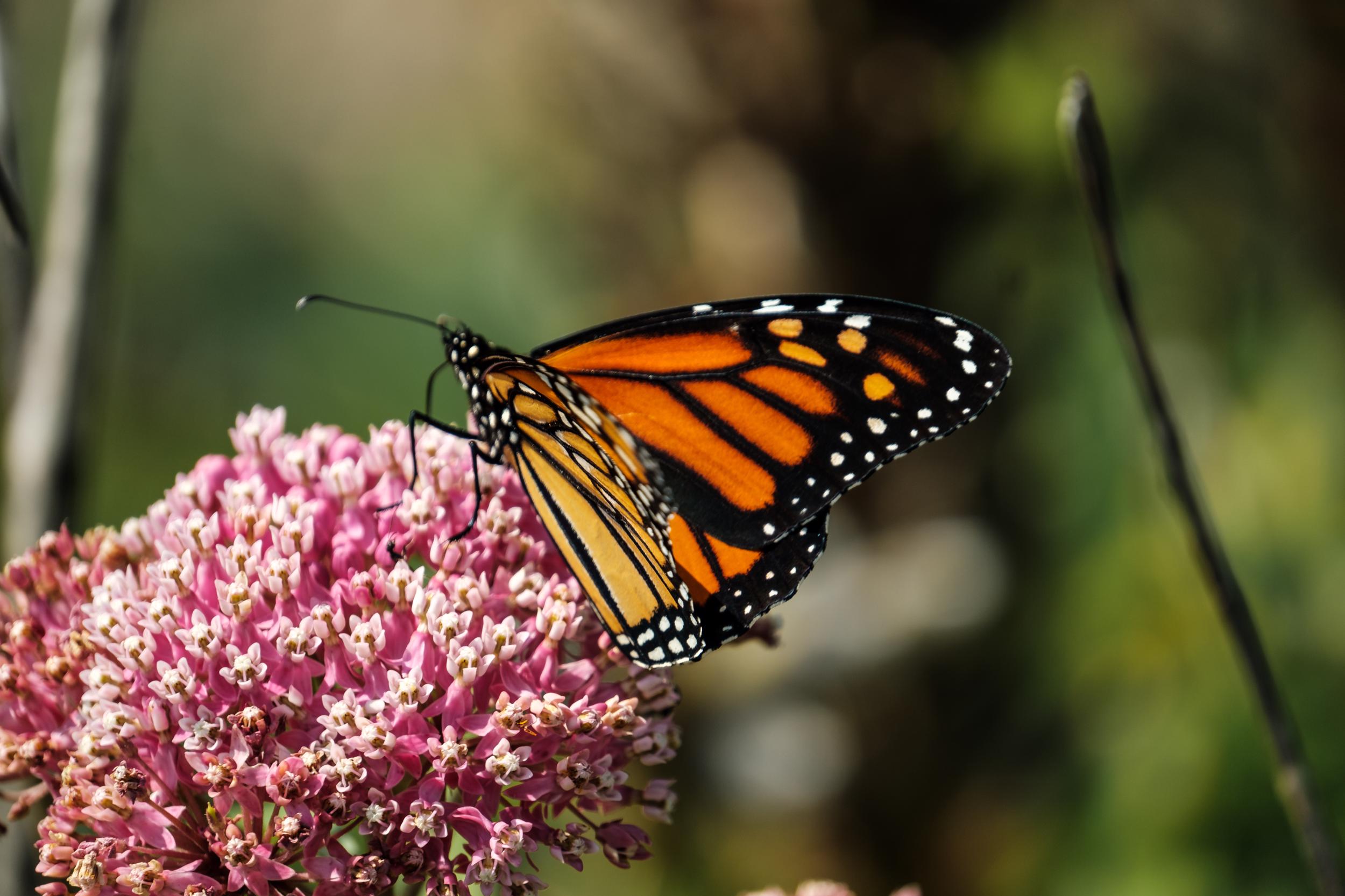Habitat Enhancement
Changes to the natural landscape over the years have reduced food and shelter for birds, animals, insects and fish. Planting trees, creating pollinator gardens, and building shoreline buffers rebuild habitat that has been replaced by urbanization. Leaf litter, standing snags, rocks, plants, dormant grass, twigs, puddles, mud, and rotting logs are all examples of typical yard clean up items that are actually very important for wildlife. Consider the habitats your backyard is currently providing and read on to discover some easy ways to enhance habitat in your neighbourhood.
Tree Planting
Why plant trees?
- Enhanced wildlife habitat
- Visual and noise barriers
- Soil and water conservation
- Valuable winter windbreaks for people, livestock and wildlife
- Reduced heating and cooling costs — less wind, more shade
- Practical "hands-on" way to reduce greenhouse gasses (CO2) and produce oxygen (O2)
- Stabilized slopes, erosion control
- Increased biodiversity
- Wood products: lumber, sawlogs, firewood, nuts, fruit, maple syrup
- Recreational areas
- Increased crop yields (windbreaks/shelterbelts)
- Increased property values
- Economically viable land use for abandoned or unused fields
- Tax incentive programs
- Aesthetic beauty
- Maintain a healthy watershed
Common tree species native to Northwestern Ontario include: Jack pine (Pinus banksiana), Red pine (Pinus resinosa), Eastern white pine (Pinus strobus), Balsam poplar (Populus balsamifera), Large-toothed aspen (Populus grandidentata), Trembling aspen (Populus tremuloides), Eastern white cedar (Thuja occidentalis), Paper birch (Betula papyrifera), Red maple (Acer rubrum), Balsam fir (Abies balsamea), Black ash (Fraxinus nigra), Tamarack (Larix laricina), White spruce (Picea glauca), Black spruce (Picea mariana). Take a look at this Tree Planting Guide for more information.
Photo: A Cedar Waxwing in a Jack Pine
Pollinator Gardens
Pollinators such as bees, butterflies, beetles, birds, and bats play an essential role in maintaining healthy ecosystems. Ensuring your garden has plants blooming from spring through fall, planting native species, host species, and mass planting the same species together are all effective ways to attract pollinators to your backyard. Letting debris stand over winter is another important part of cultivating a pollinator garden, providing shelter for insects and food for birds. Refer to the Native Plants Guide for Northwestern Ontario to plan your garden depending on sunlight, moisture, and bloom time.
Check out the LRCA’s Pollinator Garden.

Photo: A Monarch Butterfly at the LRCA's Pollinator Garden
